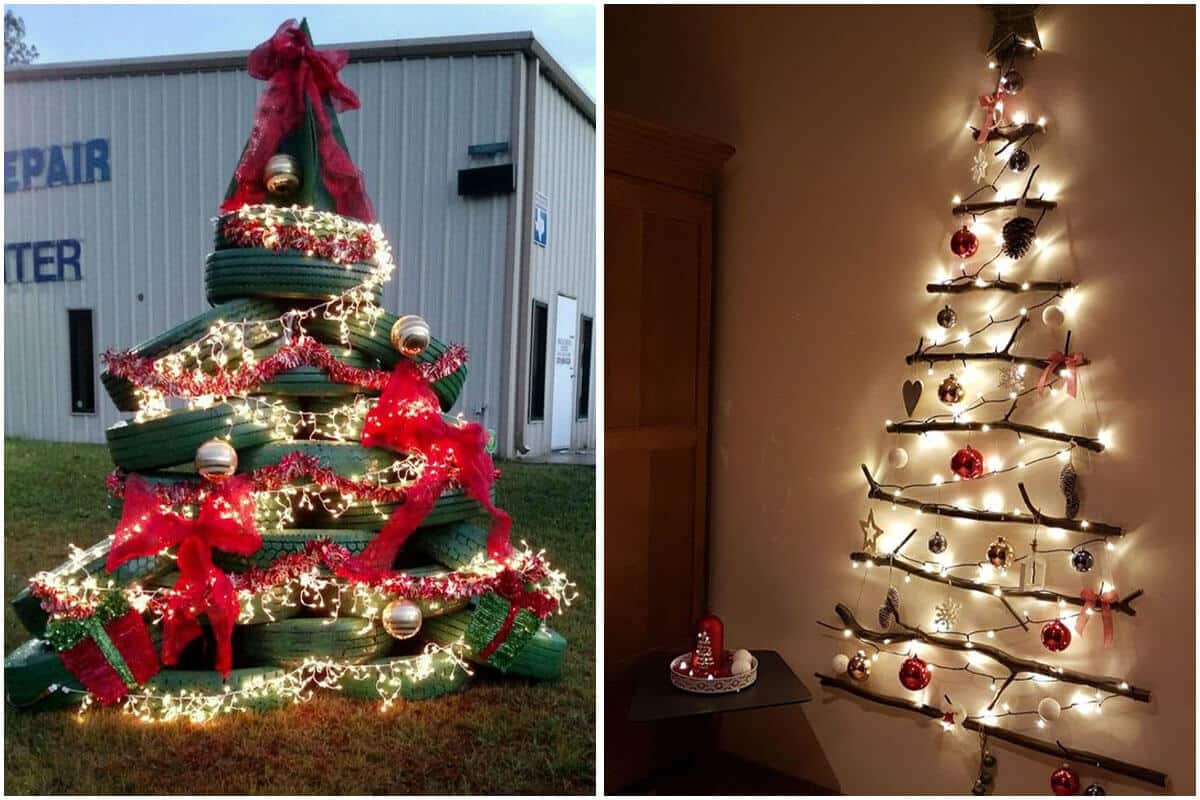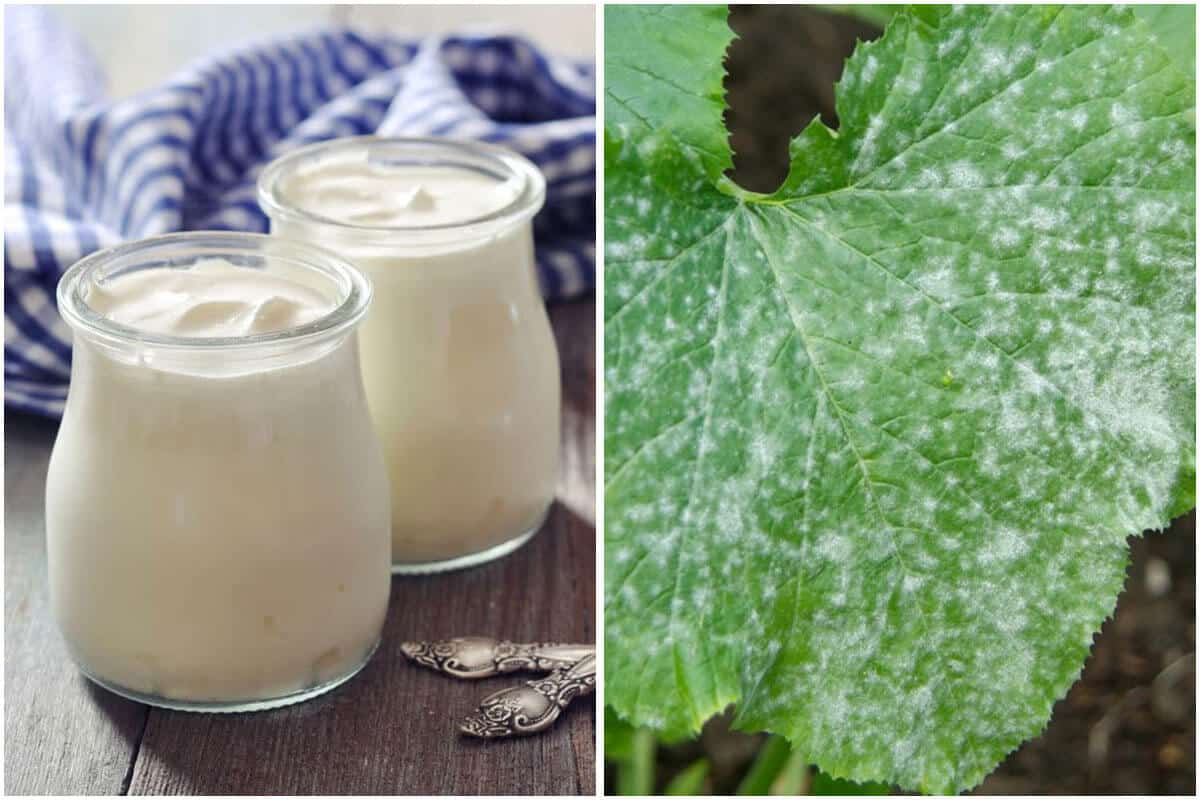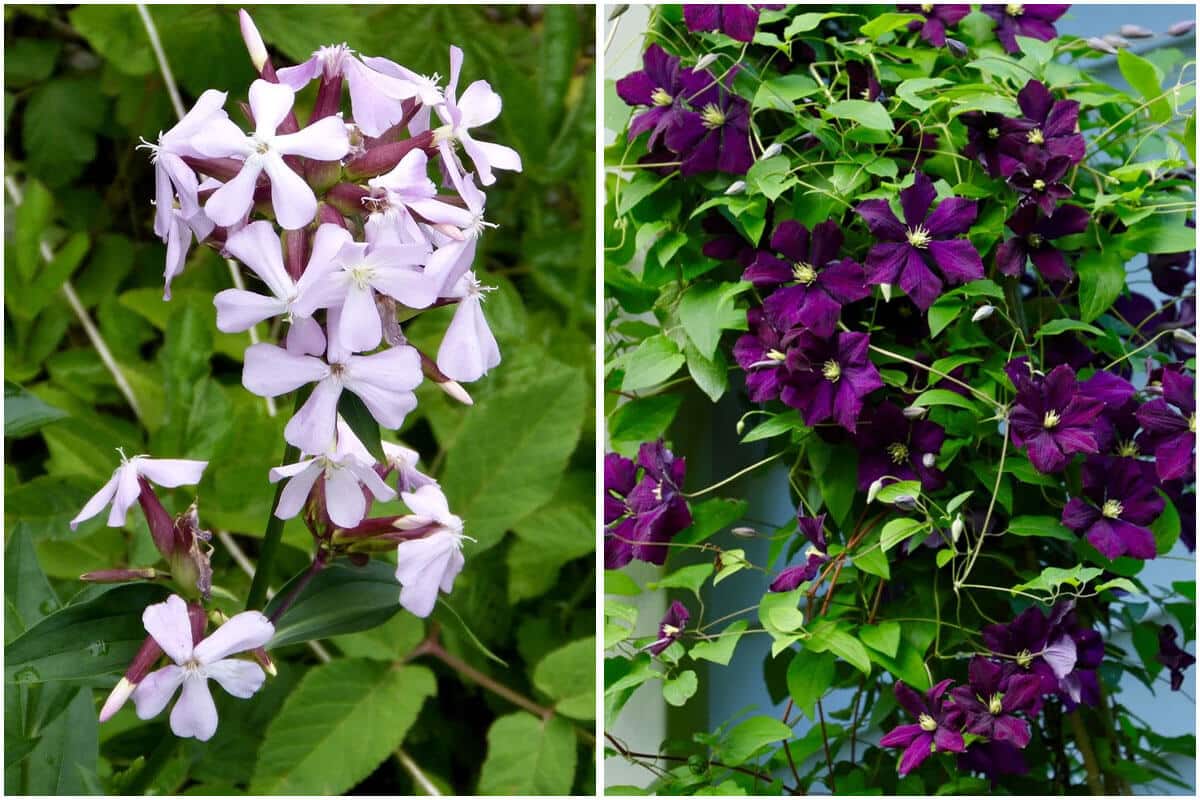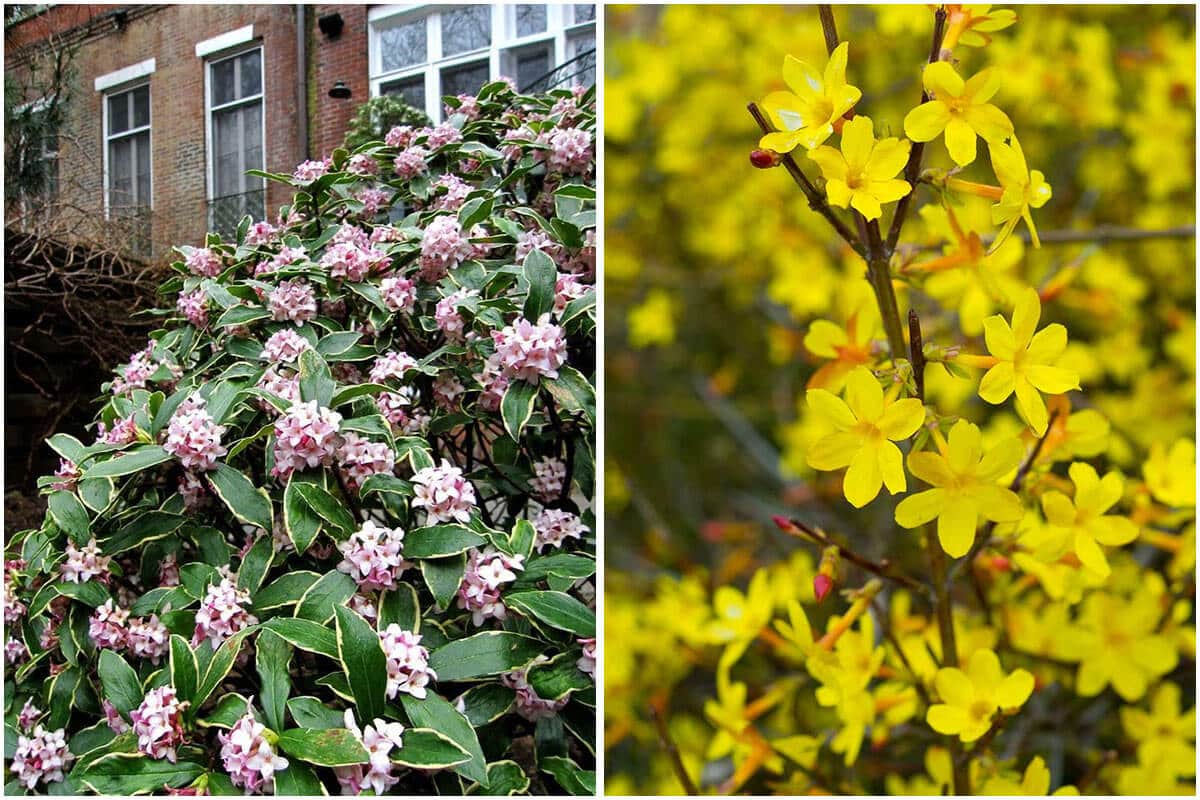Instead of using chemical fertilizers for your garden, you can take advantage of kitchen waste such as banana peels, eggshell, coffee grounds … to make organic fertilizer for your favorite plants. These ways not only help your plants grow well but also help you save a lot of money on buying chemical fertilizers outside, and they are extremely safe for the environment. It is great to know these good methods, right? Stopping if you are looking for, let’s refer to some recommendations today. Get start!
Maybe you don’t know about benefits that organic fertilizers bring to. For example, they will help improve soil structure, water retention, and aeration. They also add important micro-nutrient that increase the activity of bacteria in the soil, help the nutrient-rich soil and plants grow healthier, fruit sweeter. Moreover, compared to using chemical fertilizers, organic fertilizers will give your vegetable garden greener and ensure the health of your family. Because, when using chemical fertilizers, their inorganic substances affect directly to the quality of your vegetables, they will no longer be fresh and clean.
#1 Coffee Grounds Fertilizer
Coffee grounds are very well for your plants. They are filled with nitrogen and helps to increase the acidity in the soil. This is an especially good fertilizer for roses, hydrangeas, and magnolias, but you can also use it on your veggies to help them grow. This is also a really simple recipe – it just takes coffee grounds. You just work your grounds into the soil at the base of your plants, and the coffee will perk those plants right up!
#2 Fireplace Ash Fertilizer
Fireplace ash provides calcium carbonate and potassium to plants. All you need to do is add the ash to the garden bed and then massage it into the soil.
#3 Straight Epsom Salt Fertilizer
If you prefer something a bit more simple, you can mix Epsom salt with water for a good fertilizer, too. It’s a great source of magnesium and sulfur and is especially good for roses and tomatoes. Just add a tablespoon of salt to a gallon of water and use this to feed your indoor and outdoor plants.
#4 Banana Peel Fertilizer
Bananas are rich in potassium. They also contain calcium and phosphorous and are perfect for fertilizing flowering plants and fruit trees and plants. You can just bury banana peels in the soil at the base of your plants and allow them to decompose. You could also freeze your overripe bananas and then bury those next to your plants. Or, make a spray by soaking banana peels in water for three days and then spray your plants or seedlings to add the needed nutrients.
#5 Grass Clippings Tea
Place fresh grass clippings in a five gallon bucket and then cover with water. You’ll need to let this sit for about five days. Then dilute the fertilizer tea by adding 10 cups of fresh water to one cup of tea and pour on soil. The grass clippings help to add essential nutrients back into the soil.
#6 Egg Shell Fertilizer
Egg shells contain a lot of calcium which helps with cellular growth in your plants. Just crush up used egg shells and then bury them in the soil. Or, you can make a spray with 20 egg shells and a gallon of water. Boil the shells in the water for just a few minutes and then leave overnight. Strain the shells and add the water to a spray bottle to spray directly onto your soil.
#7 Vinegar Fertilizer
Vinegar has acetic acid that is great for certain plaints. You can use this on roses and various other houseplants as well as vegetables in your garden. To make vinegar fertilizer, just combine a tablespoon of white vinegar (only white vinegar as apple cider vinegar doesn’t have the same nutrient properties) with a gallon of water. Use this solution to water your plants about once every three months for best results.
#8 DIY Fish Emulsion Fertilizer
Fish waste, including fish parts and the water that fish are swimming in, is really good for your plants. Though it has unpleasant smell, but it is great fertilizer that adds tons of nutrients to the soil. To do this, fill a 55 gallon drum about a third of the way with two parts water and one part fish waste. Let this steep for about 24 hours. Once that time is up, fill the drum to the top with water and cover loosely. You’ll want to let this ferment for a few weeks, normally around three weeks for best results. Add this to your soil around plants. The ratio is three gallons of liquid per 100 square feet of garden space.
#9 DIY Bone Meal Fertilizer
Bone meal is a great organic fertilizer. You can make your own bone meal by boiling chicken bones. Be sure that the bones are completely clean before starting. Boil the bones for two days – be sure to turn the stove off at night and just let them sit. They’ll get soft after a couple of days of boiling and then you can grind them up with water in a blender. Add this solution to your soil under plants. This is great for tomatoes and many other blooming plants.















